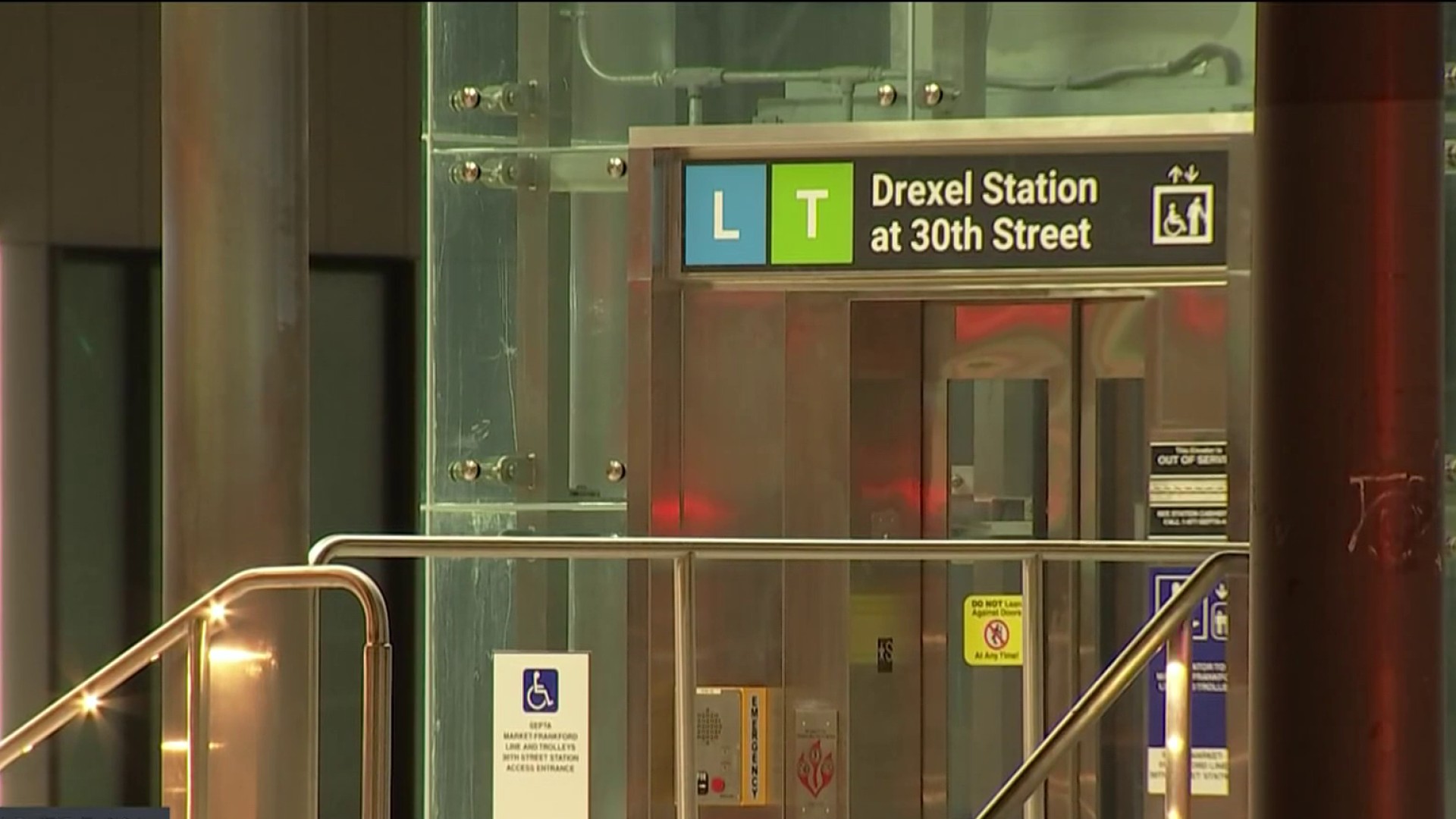"The Master described a special bond that he had with Duck #34, the accident vessel. He considered Duck 34 to be his boat."
Investigators with the National Transportation and Safety Board spent a total of six hours on Friday interviewing the captain and deckhand of the tour boat that crash and capsized in the middle of the Delaware River two days earlier. Then NTSB Board Member Robert Sumwalt gave out a detailed account and time line of what the two crew members say happened.
The captain, 58, has been with Ride the Ducks for three seasons. This accident trip was his third trip that day. The deckhand is 18. It's his second season with the tour company. The captain was interviewed for nearly four hours and the deckhand for just over two hours.
Here is the time line leading up to the crash, from the crew interviews:
Prior to the first trip of the day, the Captain inspected the vessel. The pre-voyage inspection takes about 20 minutes. He gets underneath the vessel, much like an auto mechanic, then checks the nav lighting and inside the cockpit area and he also checks the radio.
"He said that the vessel was in top-notch condition with no irregularities."
He left on the accident trip about 1:30 p.m. from the Independence Visitors Center. He picks up deckhand at the corner of Race and Delaware, at the ramp entry. They made their splash into the water. They assessed traffic condition and there was no traffic of concern.
Once in the water, he turned over the helm to the deckhand, while still maintaining supervision. They went on their normal route, southbound, and then made their normal turn back north. That's when the captain noticed white smoke and described it as an acrid smell. The deckhand described it as a smell like burning rubber that came out and dissipated quickly.
The Captain said he saw no flames, but because of the smell and the smoke, they shut the engine down. The deckhand went out onto the hood or bow, put his hand on top of the engine area and said it was warm, but not hot.
The captain made a radio call on channel 14 to advise that he had stopped and then let his dispatch office know they were stalled and that he was dropping anchor. Dispatch told Duck 34 they'd send out another boat to pick up the passengers. According to the deckhand, another duck boat did pull up within "yelling" distance within minutes. The other boat asked if they needed help. The accident duck crew said no. The other boat – which was full with tourists – continued on.
The accident boat was in the water five to ten minutes before the crash. Initial reports stated 20 minutes, but Sumwalt insisted that during 16 passenger interviews, the five-to-ten minute time was consistent.
When the barge was about 400 yards from the duck, the Captain turned the battery back on and called on the radio again and told the NTSB that he called to the tug and the barge and asked them to please change course -- that the duck boat was disabled and anchored.
He then tried to signal with an air horn, but the air horn did not work, despite working during the pre-voyage inspection.
The crew told investigators that they did advise passengers to put on their life vests. When asked if the crew advised any of the passengers to jump into the water, Sumwalt said to his knowledge and from the interviews they've done so far, they did not.
Local
Breaking news and the stories that matter to your neighborhood.
Sumwalt said his team is carefully documenting all the interviews -- including interviews with 11 Hungarian students, two Hungarian teachers and three American students. They planned to interview the barge crew on Saturday.



